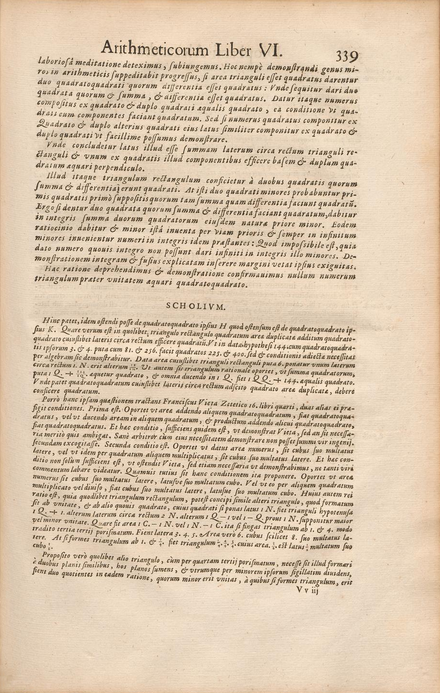Andrew Wiles Fermat Last Theorem Pdf Editor
The Norwegian Academy of Science and Letters has decided to award the Abel Prize for 2016 to Sir Andrew J. Wiles (62), University of Oxford, “for his stunning proof of Fermat’s Last Theorem by way of the modularity conjecture for semistable elliptic curves, opening a new era in number theory.”The President of the Norwegian Academy of Science and Letters, Ole M. Sejersted, announced the winner of the 2016 Abel Prize at the Academy in Oslo today, 15 March. Wiles will receive the Abel Prize from H.R.H. Crown Prince Haakon at an award ceremony in Oslo on 24 May. 'On behalf of the American Mathematical Society, it is my great pleasure to congratulate Professor Karen Uhlenbeck, recipient of the 2019 Abel Prize.
- Fermat's Last Theorem Proof
- Andrew Wiles Fermat Last Theorem Pdf Editor Download
- Fermat's Last Theorem
Professor Uhlenbeck has made legendary advances in several fields of mathematics. Her early groundbreaking work on harmonic maps gave rise to a new field, geometric analysis. Her analysis via gauge theory of solutions of Yang-Mills equations, had and will continue to have a profound influence on all future work in this field. She transformed the fields of geometry and analysis, crossing boundaries and making deep discoveries at the interfaces.' AMS President Jill Pipher.
Wiles's proof of Fermat's Last Theorem is a by British mathematician of a special case of the for. Together with, it provides a proof for. Both Fermat's Last Theorem and the modularity theorem were almost universally considered inaccessible to proof by contemporaneous mathematicians, meaning that they were believed to be impossible to prove using current knowledge.: 203–205, 223, 226Wiles first announced his proof on Wednesday 23 June 1993 at a lecture in entitled 'Modular Forms, Elliptic Curves and Galois Representations'.
Fermat's Last Theorem Proof

However, in September 1993 the proof was found to contain an error. One year later on Monday 19 September 1994, in what he would call 'the most important moment of his working life', Wiles stumbled upon a revelation that allowed him to correct the proof to the satisfaction of the mathematical community. The corrected proof was published in 1995.Wiles' proof uses many techniques from and, and has many ramifications in these branches of mathematics. It also uses standard constructions of modern algebraic geometry, such as the of and, and other 20th-century techniques which were not available to Fermat.Together, the two papers which contain the proof are 129 pages long, and consumed over seven years of Wiles's research time. Described the proof as one of the highest achievements of number theory, and called it the proof of the 20th century.
Wiles' path to proving Fermat's Last Theorem, by way of proving the modularity theorem for the special case of, established powerful techniques and opened up entire new approaches to numerous other problems. For solving Fermat's Last Theorem, he was, and received other honours such as the 2016. When announcing that Wiles had won the Abel Prize, the described his achievement as a 'stunning proof'. Main article:To complete this link, it was necessary to show that Frey's intuition was correct: that a Frey curve, if it existed, could not be modular.In 1985, provided a partial proof that a Frey curve could not be modular. Serre did not provide a complete proof of his proposal; the missing part (which Serre had noticed early on: 1) became known as the or ε-conjecture (it is now known as ). Serre's main interest was in an even more ambitious conjecture, on modular, which would imply the Taniyama–Shimura–Weil conjecture.
Andrew Wiles Fermat Last Theorem Pdf Editor Download

Fermat's Last Theorem
However his partial proof came close to confirming the link between Fermat and Taniyama.In the summer of 1986, succeeded in proving the epsilon conjecture, now known as. His article was published in 1990. In doing so, Ribet finally proved the link between the two theorems by confirming as Frey had suggested, that a proof of the Taniyama–Shimura–Weil conjecture for the kinds of elliptic curves Frey had identified, together with Ribet's theorem, would also prove Fermat's Last Theorem:In mathematical terms, Ribet's theorem showed that if the Galois representation associated with an elliptic curve has certain properties (which Frey's curve has), then that curve cannot be modular, in the sense that there cannot exist a modular form which gives rise to the same Galois representation.